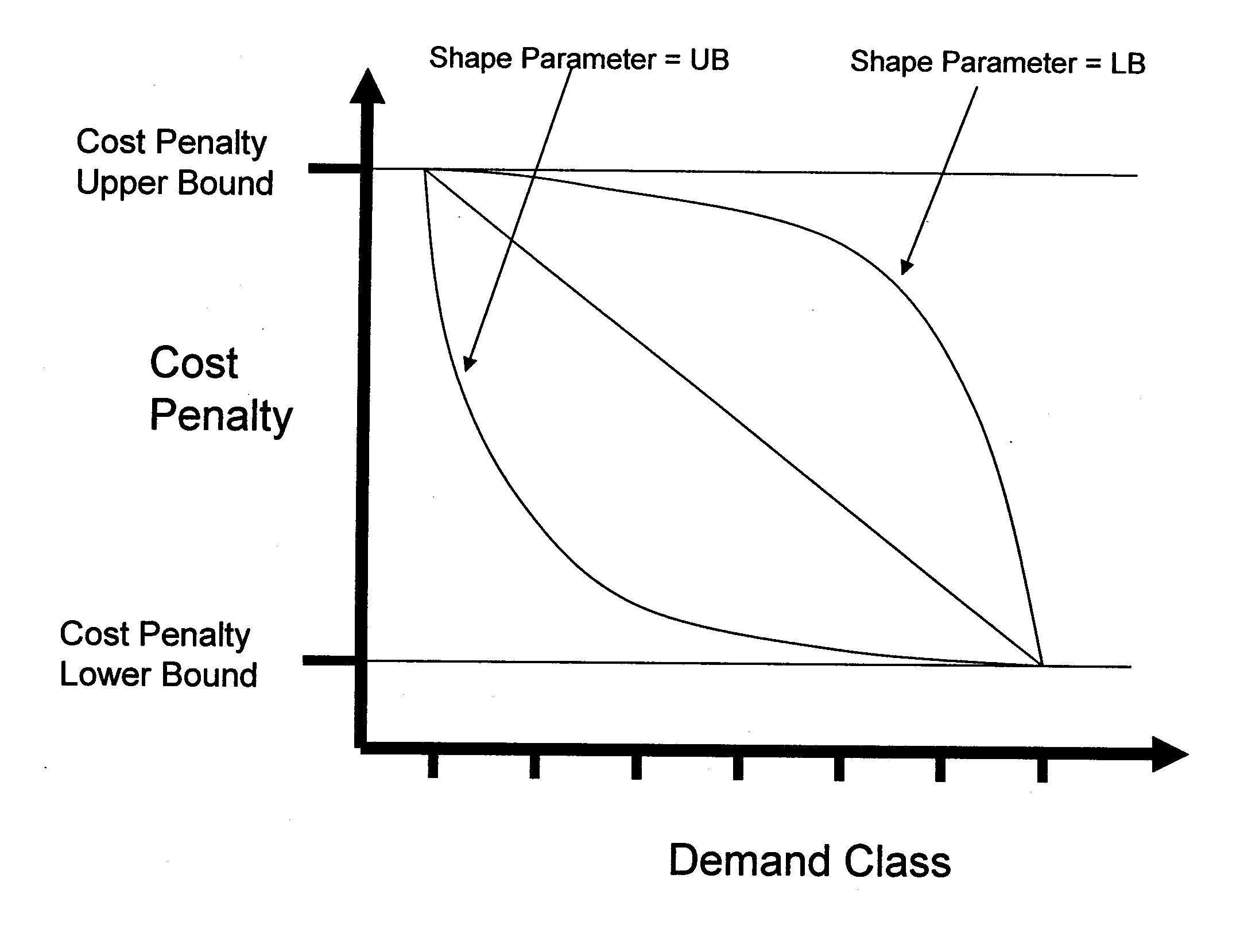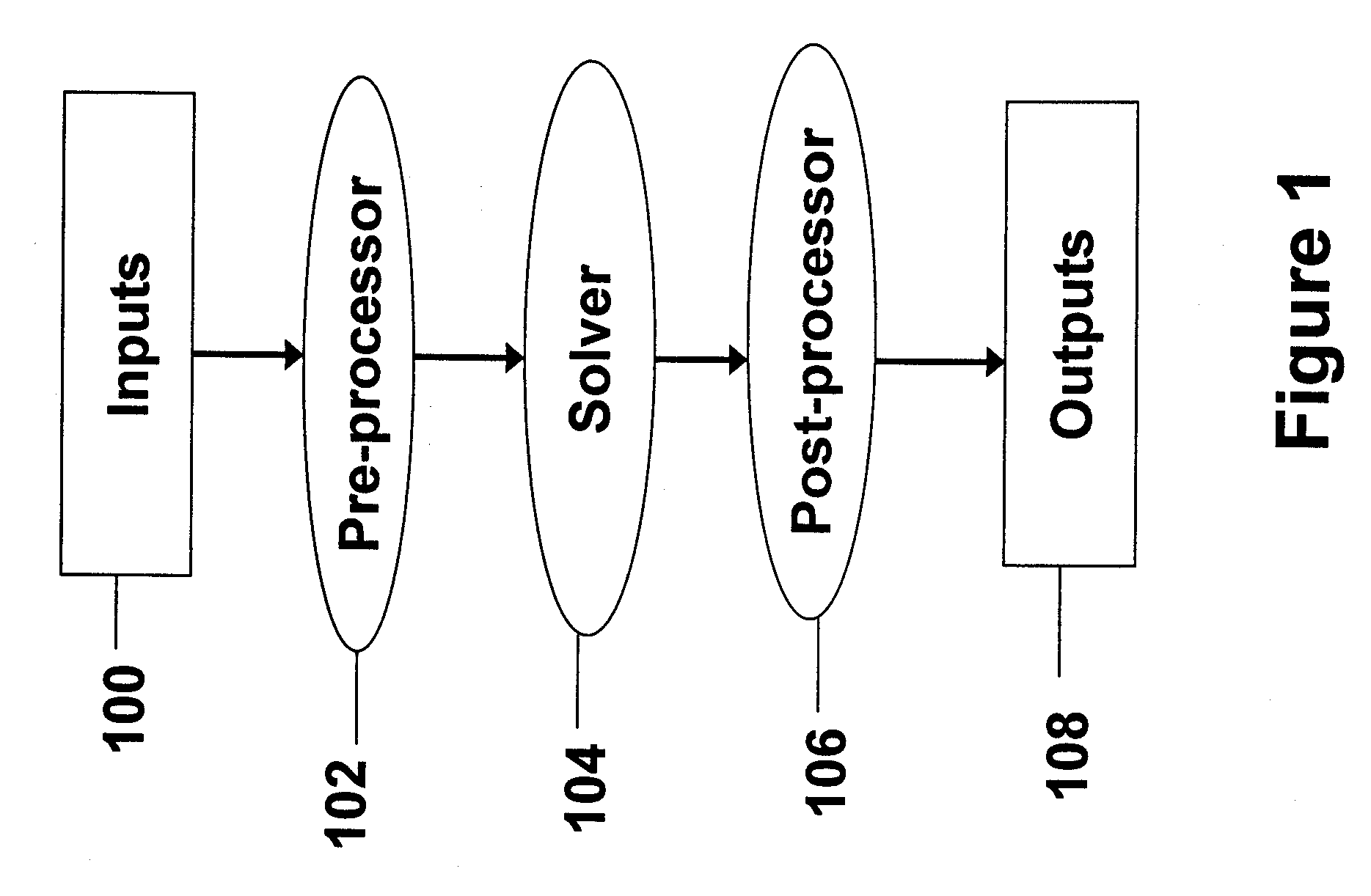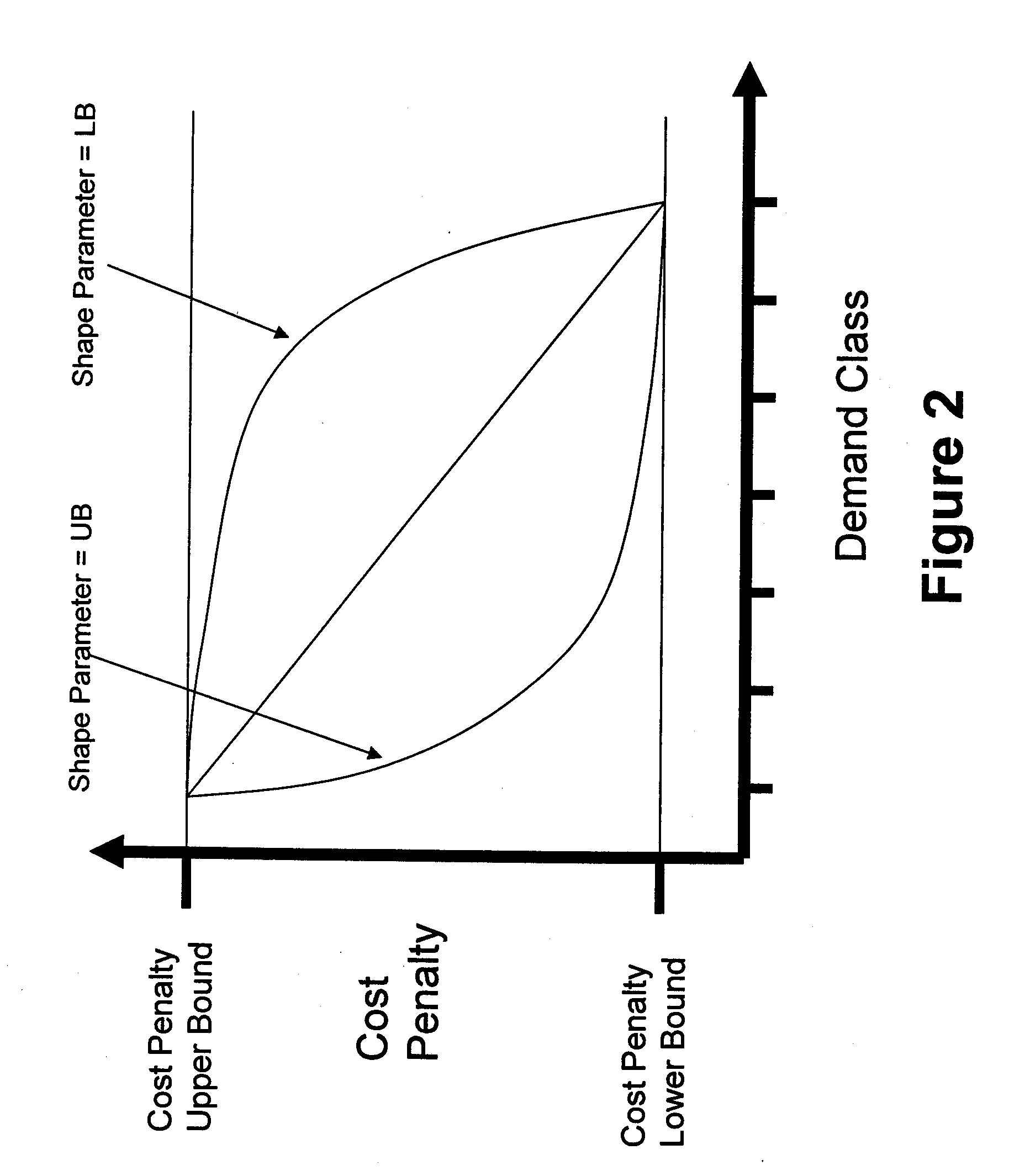A method for considering hierarchical preemptive demand priorities in a supply chain optimization model
- Summary
- Abstract
- Description
- Claims
- Application Information
AI Technical Summary
Benefits of technology
Problems solved by technology
Method used
Image
Examples
Embodiment Construction
[0019] Many factors are used to determine the relative importance of the variety of customer demands that are serviced by a manufacturing firm (e.g. gross margin, strategic importance, forecast vs. committed orders, demand mix considerations etc.). Typically, the implementation of supply-chain planning methods requires that these be translated into a “demand priority” (e.g. 1, 2, 3, . . . ) so that the many customer demands (measured in tens of thousands for division central runs) can be rank ordered according to importance. It is necessary to model this relative importance of demands when trading off the allocation of limited resources. For instance, photolithography tools are typically a production bottleneck in semiconductor manufacturing. When insufficient capacity exists to schedule production for all demands it is expected that work-in-process (WIP) inventory associated with higher priority demands will be processed before competing lower priority WIP.
[0020] It is important t...
PUM
 Login to View More
Login to View More Abstract
Description
Claims
Application Information
 Login to View More
Login to View More - R&D
- Intellectual Property
- Life Sciences
- Materials
- Tech Scout
- Unparalleled Data Quality
- Higher Quality Content
- 60% Fewer Hallucinations
Browse by: Latest US Patents, China's latest patents, Technical Efficacy Thesaurus, Application Domain, Technology Topic, Popular Technical Reports.
© 2025 PatSnap. All rights reserved.Legal|Privacy policy|Modern Slavery Act Transparency Statement|Sitemap|About US| Contact US: help@patsnap.com



